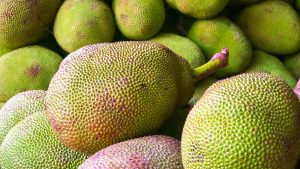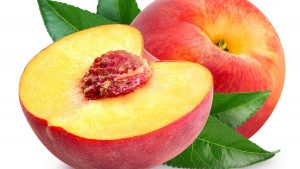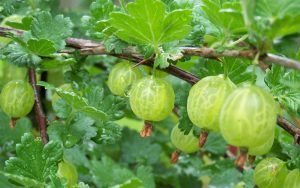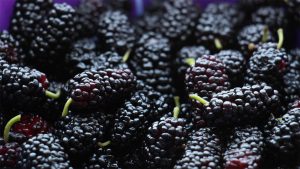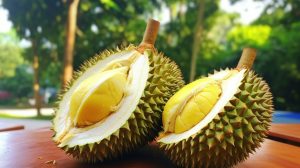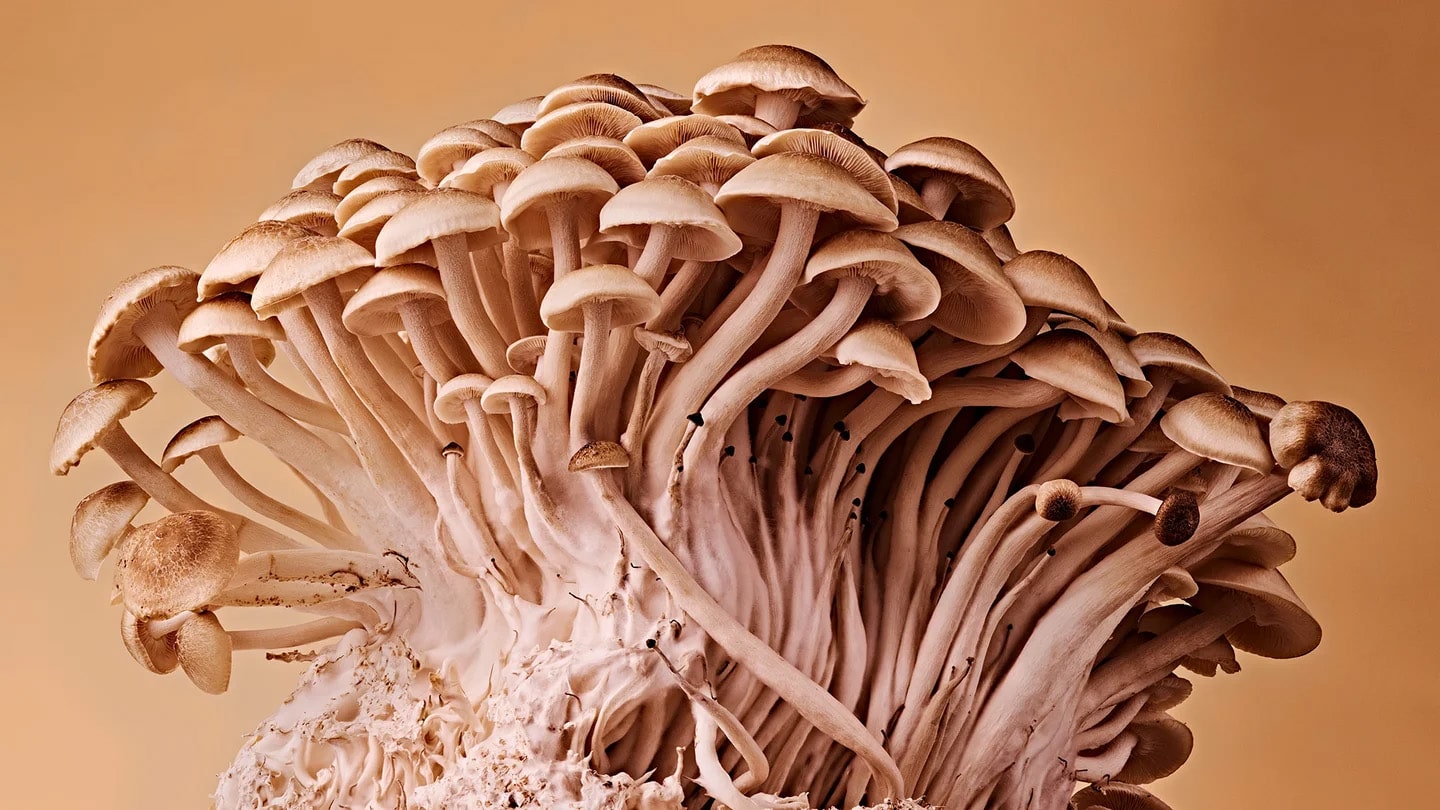
38 interesting facts about Mushroom
- 👁️ 1141
Mushrooms, the fascinating organisms that blur the lines between plant and animal kingdoms, have captivated humanity for centuries with their mysterious nature and diverse uses. Neither plant nor animal, mushrooms belong to the fungi kingdom and play crucial roles in the ecosystem, from decomposing organic matter to forming symbiotic relationships with plants. Beyond their ecological significance, mushrooms have been used for their medicinal properties, as culinary delicacies, and even in spiritual practices across various cultures. Their intriguing life cycle, ability to grow in unique environments, and sheer variety make them a subject of endless fascination. Here are 38 interesting and informative facts about mushrooms that highlight their importance, diversity, and the curiosity they inspire.
- Mushrooms are part of the fungi kingdom, which includes over 100,000 known species.
- They produce spores instead of seeds, which can be spread by wind to propagate.
- The largest living organism on Earth is a honey fungus in Oregon, covering over 3.4 square miles.
- Some mushroom species are bioluminescent, glowing in the dark to attract insects for spore dispersal.
- Mushrooms are more closely related to animals than plants, sharing a common ancestor.
- The term “mushroom” refers specifically to the fruiting body of certain fungi.
- Mycelium, the vegetative part of a fungus, consists of a network of fine threads called hyphae.
- Mushrooms can grow in various environments, from forests and fields to caves and deserts.
- The death cap mushroom (Amanita phalloides) is one of the most poisonous, capable of causing fatal liver and kidney damage.
- Mushrooms have been used medicinally for thousands of years, especially in Asian traditions.
- The fly agaric mushroom (Amanita muscaria) is known for its psychoactive properties and association with shamanic rituals.
- Truffles, highly prized in culinary arts, are a type of underground mushroom.
- Shiitake, button, and oyster mushrooms are among the most commonly consumed varieties worldwide.
- Mushrooms can break down plastic and other pollutants, offering potential solutions for environmental cleanup.
- Some mushrooms are carnivorous, trapping and digesting nematodes for nutrients.
- The chaga mushroom grows on birch trees and is used in teas for its health benefits.
- Psilocybin mushrooms, known for their hallucinogenic effects, are used in therapeutic and spiritual contexts.
- Mushrooms are rich in vitamins, minerals, and antioxidants, making them a nutritious addition to the diet.
- The first cultivated mushroom is believed to be the button mushroom, grown in France in the 17th century.
- Mushroom cultivation is a significant agricultural industry, with China as the leading producer.
- Mushrooms play a key role in forest ecosystems by decomposing dead wood and recycling nutrients.
- The fairy ring phenomenon occurs when mushroom spores grow in a circular pattern.
- Some mushroom species can survive and grow in space, as demonstrated by experiments on the International Space Station.
- The giant puffball mushroom can grow to the size of a basketball and is edible when young.
- Mushrooms can absorb and concentrate heavy metals from their environment, which can be both beneficial and hazardous.
- The term “mycology” refers to the study of fungi, including mushrooms.
- Lichen is a symbiotic association between a fungus and an alga or cyanobacterium, often mistaken for a single organism.
- The oldest mushroom fossil found dates back to approximately 115 million years ago.
- Some mushrooms develop complex communication networks, dubbed the “Wood Wide Web,” to share nutrients and information with plants.
- Cordyceps mushrooms infect insects and arachnids, eventually growing out of their hosts.
- The spore print, a pattern created by the spores falling from a mushroom’s gills, is used for identification.
- Portobello, cremini, and white button mushrooms are all the same species (Agaricus bisporus) at different stages of growth.
- Mushroom farming can be done on various substrates, including straw, wood chips, and even coffee grounds.
- Certain mushroom compounds are being researched for their potential in fighting cancer and boosting the immune system.
- The ink cap mushroom can dissolve into a black, inky liquid after spore dispersal.
- Mushrooms have been depicted in art and folklore, often associated with magic and mystery.
- Some mushroom species can induce rain by releasing spores that help form raindrops.
- Mushroom foraging, while popular, requires expertise to avoid poisonous varieties.
Mushrooms are extraordinary organisms that defy easy classification and continue to amaze with their complexity, utility, and beauty. From their ecological impact to their nutritional and medicinal properties, mushrooms occupy a unique place in the natural world and human culture. Their study offers insights into biodiversity, environmental health, and even potential medical breakthroughs. As we learn more about mushrooms, we uncover more about the interconnectedness of life and the innovative ways nature sustains itself.


